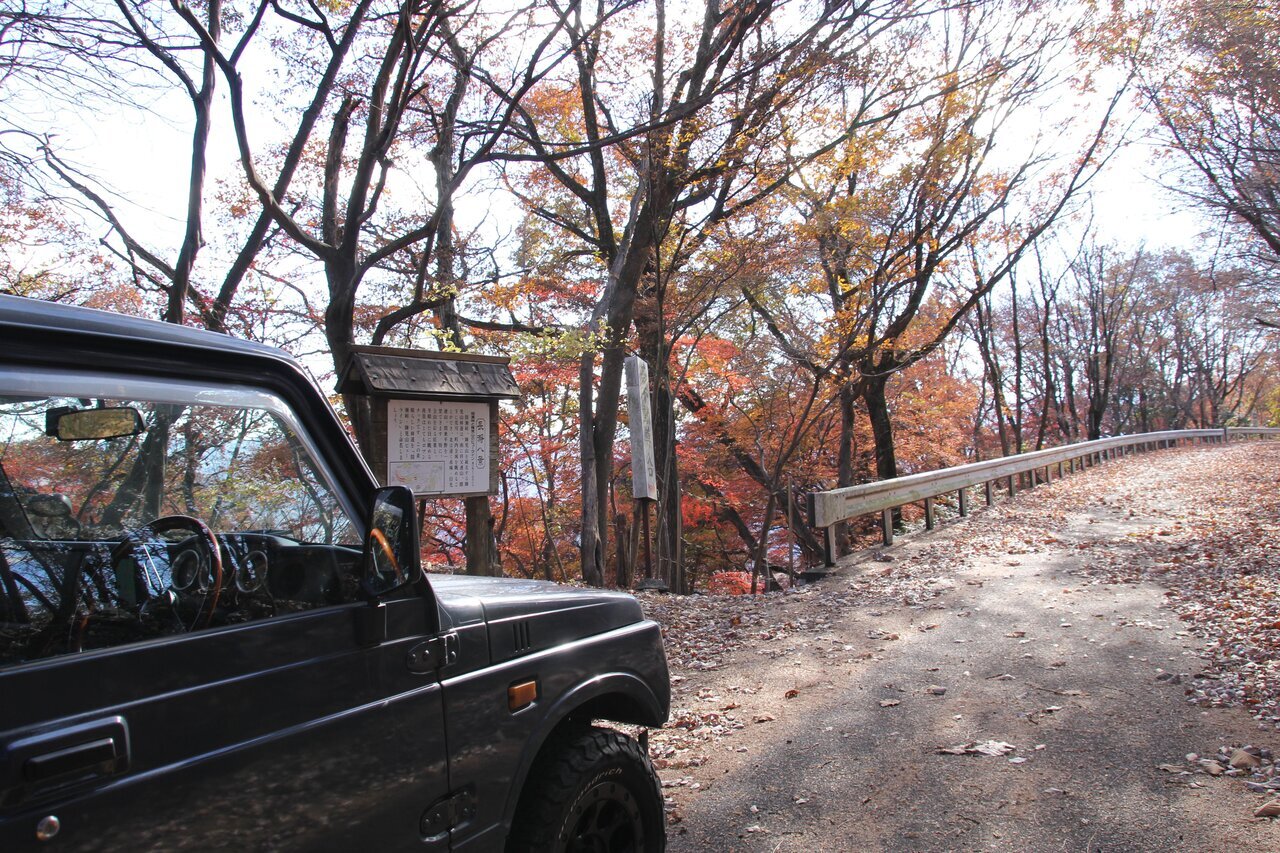OUTDOOR
2025.04.03
【Lecture】The only choice in rainy weather is “tarp + hammock”! The secrets and tips for enjoying rain camping
On the day of a camping trip you were looking forward to, unexpected rain can be disappointing... But there are also unique charms to rain camping, and as long as you understand the points for a comfortable experience, you can enjoy it regardless of the weather. So this time, I will give a lecture on “the recommendation for rain camping.”
Rain camping is recommended with a tarp + hammock

The enemy of rain camping is—when the ground gets wet, you lose comfortable places to spend time outside the tent. Managing and storing wet gear also becomes difficult. Therefore, for rain camping, it is recommended to set up a tarp and use a hammock. This is because you can create a sleeping and relaxing environment without coming into contact with the wet ground.

To use a hammock and tarp, choose a location with plenty of trees. A hammock is best suited in places with trees spaced about 3 to 5 meters apart, so choosing a campsite with a forest site should not cause problems. If you're worried, it's a good idea to ask the campsite if hammock setup is allowed. Using trees for the tarp also allows you to set it up without needing poles.

When setting up the tarp, you'll need to stretch a rope between the trees just like you would for a hammock. This rope, called a ridgeline, serves the role of a beam for your shelter and helps you to set up the tarp as a roof. Remember to learn some rope work techniques like "trucker's hitch," "bowline knot," and "tensioning knot" for securing it.


If you can set it up firmly, you can relax and enjoy nature while listening to the sound of the rain. Because it allows you to feel more out of the ordinary, many people find that after trying it, they think “it’s not so bad after all.” Additionally, by challenging yourself with rain camping, you’ll learn the tips for choosing a setup location and rope work, enabling you to camp at a higher level. Once you're accustomed to handling the tarp, you should also be able to set it up lighter for tarp camping.
Points for setup

When setting up, it is important to decide where rainwater will flow away when stretching the tarp and to create an incline. If the tarp is set up parallel and rainwater pools, it can lead to leaks or collapse, so make adjustments while monitoring the situation. If you dislike getting wet from rainwater splashing back, setting up the tarp lower can help prevent that.
Even in the rainy season, camping can still be enjoyable, so why not challenge yourself to rain camping using this article as a guide?
Even in the rainy season, camping can still be enjoyable, so why not challenge yourself to rain camping using this article as a guide?
Interview/Article by Kazuma Tanaka





















 FASHION
FASHION OUTDOOR
OUTDOOR WATCH
WATCH CAR & BIKE
CAR & BIKE SNAP
SNAP DINING
DINING LIFE
LIFE GADGET
GADGET GOLF
GOLF